Oil and gas leasing agreements: Key clauses and terms
Oil and gas leasing agreements serve as the foundation for the exploration and production of hydrocarbon resources on land or offshore. These contracts outline the rights and obligations of both parties involved, setting forth crucial clauses and terms that govern the relationship between the landowner and the energy company. In this comprehensive guide, we delve into the key clauses and terms commonly found in oil and gas leasing agreements, providing insights for landowners, energy companies, and stakeholders involved in the industry.
Before exploring the specific clauses and terms, it’s essential to understand the purpose and significance of oil and gas leasing agreements. These contracts establish the legal framework for the exploration, development, and production of oil and gas resources on a particular tract of land. Whether it’s a surface lease granting access to land for drilling operations or a mineral lease conveying subsurface rights, oil and gas leasing agreements play a pivotal role in facilitating energy development while safeguarding the interests of landowners and mineral rights holders.
Primary Clauses in Oil and Gas Leasing Agreements
Granting Clause: The granting clause is the core provision of an oil and gas lease, conferring upon the lessee (energy company) the exclusive right to explore, drill, and produce oil and gas on the leased premises. It delineates the scope of the rights conveyed and any limitations or restrictions imposed by the lessor (landowner).
Royalty Clause: The royalty clause specifies the percentage of gross production revenue payable to the lessor as compensation for the extraction of oil and gas from the leased property. Royalty rates typically range from 12.5% to 25%, although they can vary based on factors such as market conditions, negotiating leverage, and regional practices.
Bonus Clause: The bonus clause stipulates the upfront payment made by the lessee to the lessor upon execution of the lease agreement. This bonus payment serves as consideration for granting the lease rights and can vary widely depending on factors such as the property’s geological potential, competition among energy companies, and prevailing market conditions.
The Duration of the Lease
Term and Termination Clause: The term clause establishes the duration of the lease, delineating the initial primary term and any subsequent renewal or extension periods. Additionally, the termination clause outlines the circumstances under which the lease may be terminated, such as nonpayment of royalties, cessation of operations, or breach of contractual obligations by either party.
Surface Use and Access Clause: Given the potential impact of oil and gas operations on surface land, the surface use and access clause governs the lessee’s right to access the surface for drilling, construction, and other activities necessary for oil and gas production. It typically addresses matters such as surface damage mitigation, restoration obligations, and compensation for surface disturbances.
Shut-in Royalty Clause: The shut-in royalty clause provides the lessee with the option to maintain the lease in force during periods of temporary cessation of production due to operational constraints or market conditions. In exchange for paying a shut-in royalty fee, the lessee can defer actual production while retaining the lease rights until conditions improve.
Additional Terms and Considerations
In addition to the primary clauses outlined above, oil and gas leasing agreements may include various ancillary provisions and considerations tailored to the specific circumstances of the transaction. These may encompass:
- Assignment and Subleasing Provisions: Governing the lessee’s ability to assign its lease rights to third parties or sublease portions of the leased premises.
- Drilling and Development Obligations: Establishing timelines and requirements for drilling exploratory and development wells, as well as minimum expenditure commitments to maintain the lease in force.
- Indemnity and Liability Protections: Allocating risks and responsibilities between the parties for environmental liabilities, personal injuries, property damage, and other potential claims arising from oil and gas activities.
- Force Majeure and Regulatory Compliance: Addressing unforeseen circumstances beyond the parties’ control, such as natural disasters or regulatory changes, that may impact the performance of contractual obligations.
- Governing Law and Dispute Resolution: Designating the applicable jurisdiction and governing law for interpreting and enforcing the lease agreement, as well as specifying mechanisms for resolving disputes through arbitration, mediation, or litigation.
Oil and gas leasing agreements are intricate legal instruments that require careful negotiation and drafting to protect the interests of all parties involved. By understanding the key clauses and terms commonly found in these agreements, landowners, energy companies, and stakeholders can navigate the leasing process effectively and maximize the value of their assets. Whether negotiating royalty rates, delineating surface use rights, or addressing regulatory compliance issues, a well-crafted lease agreement forms the cornerstone of successful oil and gas development ventures. With informed decision-making and attention to detail, parties can forge mutually beneficial arrangements that balance economic objectives with environmental stewardship and community interests in the exploration and production of vital energy resources.
If you have further questions related to the [insert target keyword] topic, feel free to reach out to us here.




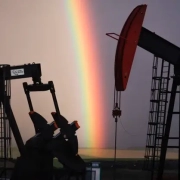

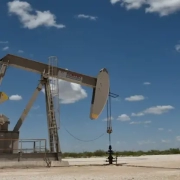
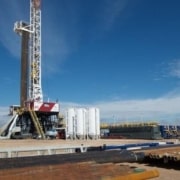
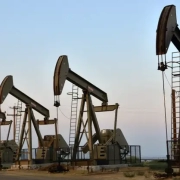
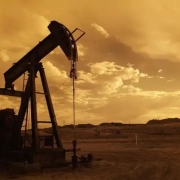


Leave a Reply
Want to join the discussion?Feel free to contribute!